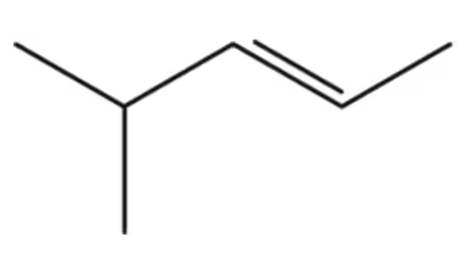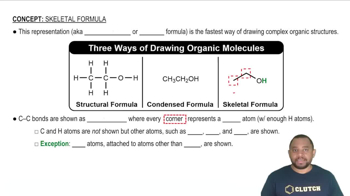Textbook Question
Convert each of the Lewis structures shown into a condensed structural formula:
(c)
715
views

 Verified step by step guidance
Verified step by step guidance Verified video answer for a similar problem:
Verified video answer for a similar problem:



 1:53m
1:53mMaster Condensed Formula Concept 1 with a bite sized video explanation from Jules
Start learning